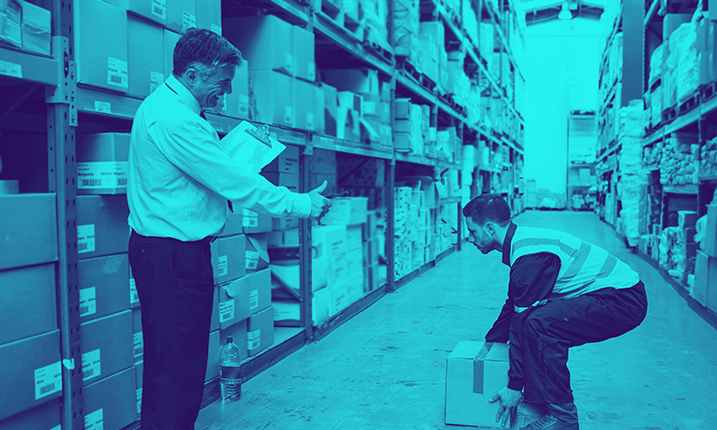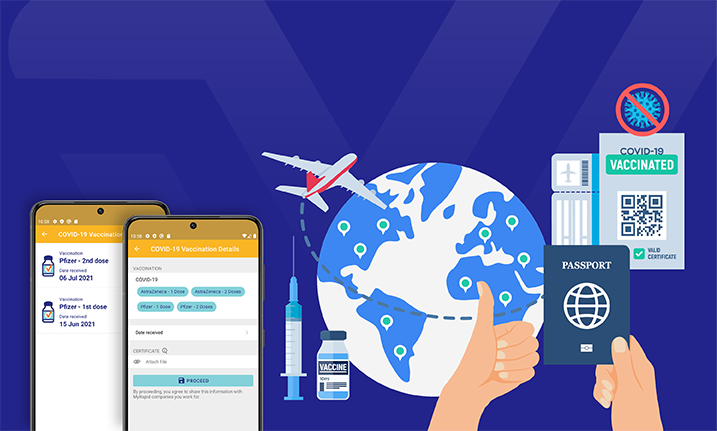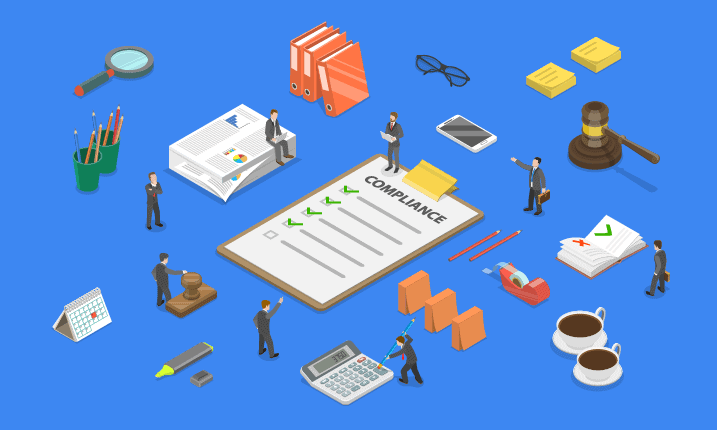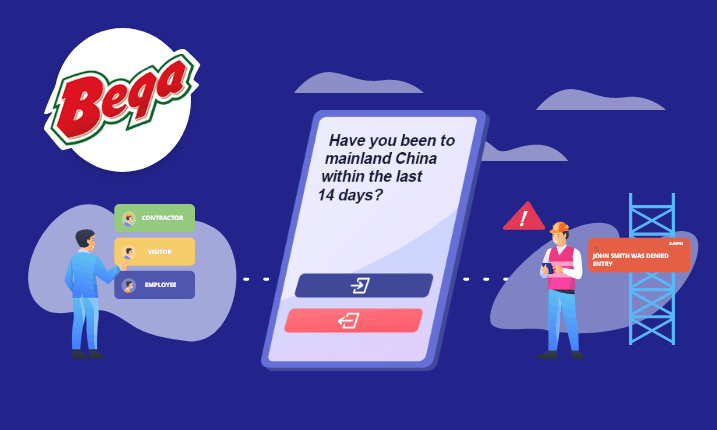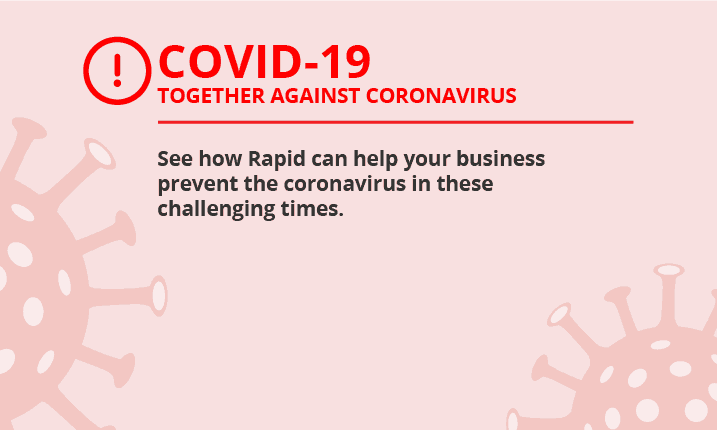

Coronavirus (COVID-19) has just been declared a global health pandemic — with the World Health Organisation (WHO) asking every nation in the world to take “urgent and aggressive action.” And, not just governments.
“We have rung the alarm bell loud and clear,” said WHO Director-General Tedros Adhanom Ghebreyesus last Wednesday. “This is not just a public health crisis, it is a crisis that will touch every sector –- so every sector and every individual must be involved in the fight.”
As business owners we have an obligation to protect the safety of our workers and the people who interact with our businesses — this is especially important for organisations that provide services to the sick, the elderly and members of the public. We also share a common responsibility to contain this virus and prevent infections, save lives and minimise the impact.
In today’s blog, we look at some COVID-19 prevention and control measures you could introduce at your worksite today — using Rapid Safety Systems.

1. Carrying out a COVID-19 risk assessment
You want to prevent an outbreak of COVID-19 at your workplace and the first step is always to assess the level of risk to your people and to your business. Begin by getting up-to-date information about the virus, how it’s being transmitted and the recommended infection controls.
At the time of publishing, asking your employees and site visitors if they have recently travelled overseas is a critical risk control measure, but as the disease becomes more established in Australia — these questions will become less important. Stay informed.
We recommend Safe Work Australia’s page Coronavirus (COVID-19): Advice for PCBUs and the Australian Government Department of Health page which is updated daily. These pages will help you identify hazards at your worksite and calculate the current level of risk.
Apart from risks to the health and safety of your workers, you should also consider risks to:
- Supply Chain – worldwide factory shutdowns could impact the supply of raw materials and other goods.
- Workforce availability – workers and contractors who are sick or in isolation could change the way work is done, as well as impact production.
- Travel needs – sales meetings, conferences and company events may need to be restricted or cancelled.
RAPID RISK: centralised WHS risk assessment and monitoring
Identify and assess COVID-19 risk to your employees and the other people who interact with your business. Configure critical risk scores and priority flags.
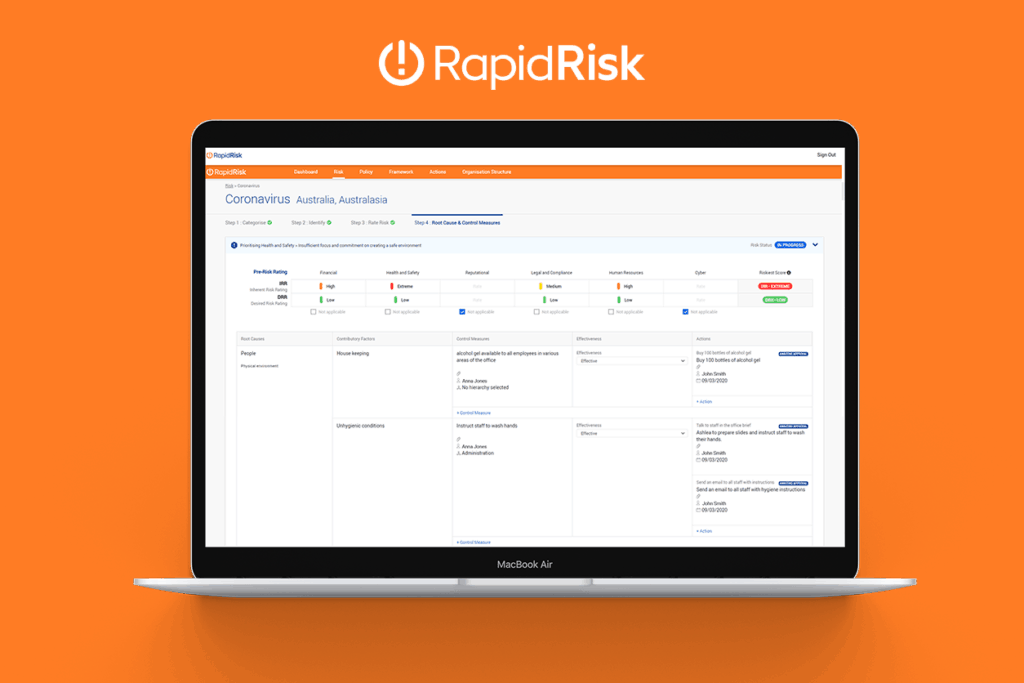
2. Screening employees, contractors, and site visitors
If you read our blog from last month you’ll know that Bega Cheese has been leading the way in adaptive risk management — using Rapid systems to screen every employee, contractor and visitor who arrives at their job sites.
They’ve assessed the risk, and it’s high. Being one of the leading food manufacturers in Australia, Bega is actively protecting the health of their workers (and consumers) and strictly monitoring every single site visitor on a case-by-case basis.
Site screening with Rapid is completely adaptable. So if 3 weeks you were denying site entry to anyone who had visited mainland China. Now Italy, South Korea and other high-risk countries can be added to front gate screening questions.
RAPID ACCESS: adaptive visitor sign-in procedures
Screen everyone at the front gate, reception area, or entry to production areas using Rapid Access. Ask our sales team for a free demonstration or assistance in configuring additional screening questions.
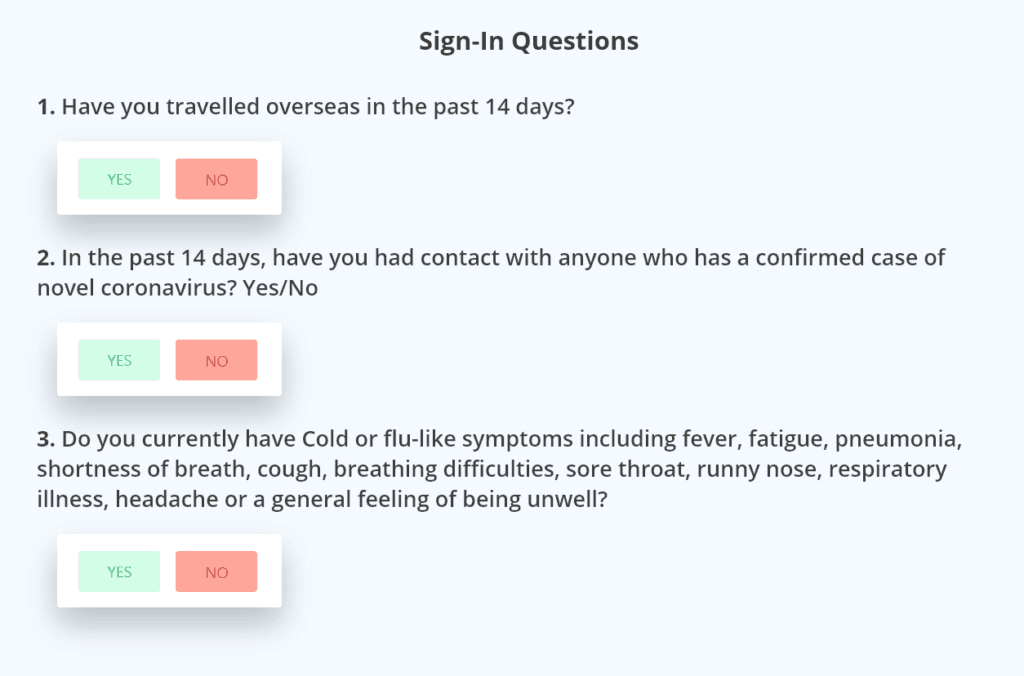
3. Contractor Screening
Rapid Contractor Management has all the tools you need to take control of the contractors entering your job site. This can be done in a number of ways:
(A) Personnel Types
Create different personnel types for the people who enter your job site. Eg, your food manufacturing company tracks employees, delivery drivers, maintenance contractors, sales reps (based on their visitor type) — and minimises access to high-risk areas.
(B) eForms
Have employees and contractors complete pre-qualification questionnaires before they start work. Eg, your aged care residence can add travel and COVID-19 quarantine declarations to the questionnaire — this is updated in real-time.
(C) Notifications
Send an email or chat notifications to contractors as site restrictions increase. Eg, your transport company pre-warns delivery drivers about additional screening questions and body temperature checks that must be conducted at the front gate. Drivers respond online and agree to comply with these changes.
(D) Training
Preset the online induction and training that contractors must complete before carrying out a job. Eg, your aged care facility gets real-time updates as a maintenance contractor completes refresher training that includes COVID-19 infection protocols.
RAPID CONTRACTOR MANAGEMENT: quickly monitor every contractor on the job site
Have contractors complete a COVID-19 declaration before arriving on the job site and restrict contractor access based on visitor-type. Ask the Rapid team to help you add a COVID-19 declaration.
4. Auditing work areas
Carry out an audit of work, storage, and production areas at your job site — noting the zones that require urgent improvement. Examples include:
- Sanitation: disinfecting handrails, doors, walls, stairwells, workstations.
- Personal protective equipment: providing masks, gloves, aprons, eye-guards.
- Hand protection: providing hand sanitiser, additional hand-wash stations.
RAPID AUDITOR: simplified auditing and WHS compliance
Create hygiene checklists for work areas and immediately assign areas of non-compliance to team leaders and key staff for corrective action. Request a free demonstration or worksite installation.
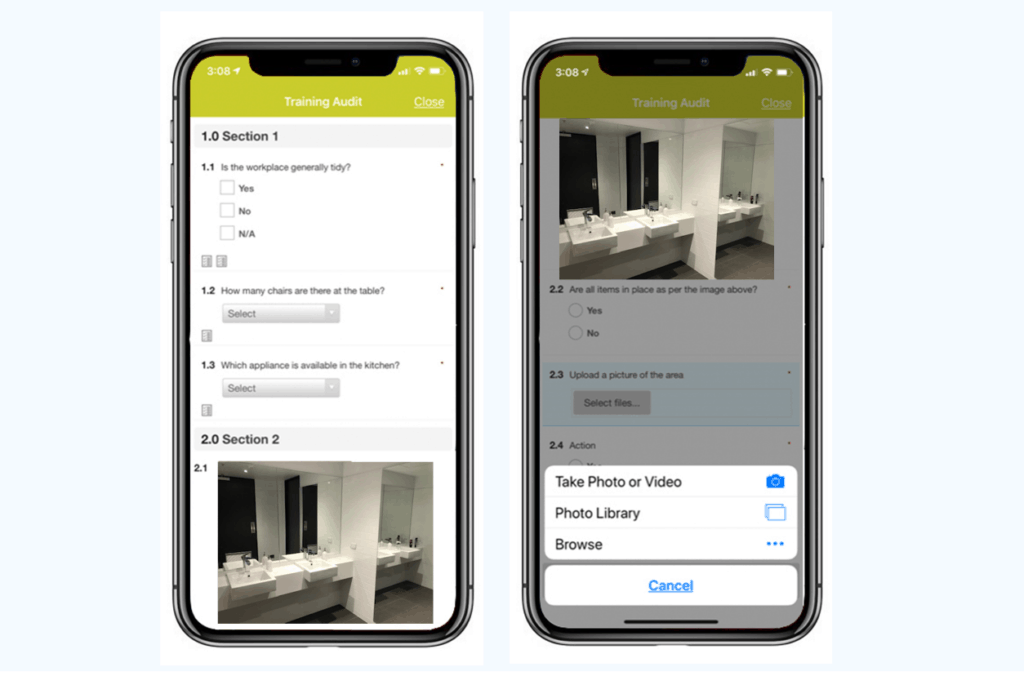
5. Recording COVID-19 incidents and hazards
Quickly record COVID-19 incidents and hazards in the Rapid system and the entire job site can be instantly alerted to critical hazards. Examples include:
- Unauthorised site access
- Workers who have developed COVID-19 symptoms
- Areas that require immediate disinfection and cleaning
RAPID INCIDENT REPORTING: real-time incident response and corrective action
Allow workers and contractors to report COVID-19 incidents and hazards. Ask the sales crew to demonstrate the software and how to assign an incident investigation team.
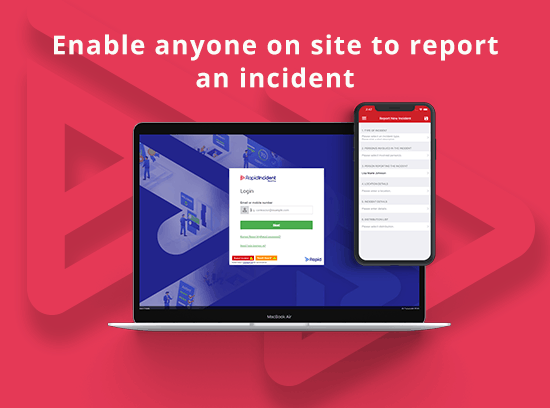
6. Carrying out refresher training and safety inductions
We live in an era of fake news, panic and fear — so provide your staff with the most up-to-date information and training. We suggest using Rapid Induct to develop (and publish) online modules that cover:
- Latest COVID-19 developments (transmission rates, symptoms, isolation and quarantine periods).
- Correct hand-washing and other preventative measures.
- Updated infection controls and operating procedures in the workplace.
- What to do if COVID-19 symptoms develop (self, family, friends).
- Social distancing and respiratory etiquette.
RAPID INDUCT: up-to-date inductions and training
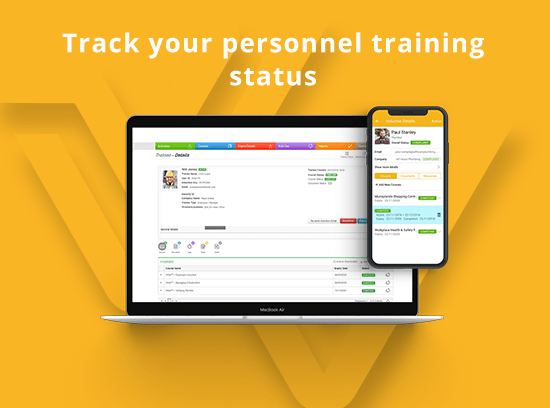
The time to prevent coronavirus is now.
Australian biosecurity expert Raina MacIntyre recommends a risk analysis approach for COVID-19 prevention — based on the latest information provided by the World Health Organisation and the Australian Government.
The risk control measure you put in place today may not be effective in 2 weeks time so make sure your safety management system is able to be quickly updated as new information emerges. If we can help in any way, please get in touch with the Rapid team today to request a:
- FREE DEMONSTRATION — see Rapid systems actually working.
- MODULE INSTALLATION — install a new module to refine your safety management system.
- APPLICATION CONFIGURATION — for existing Rapid customers who need help implementing COVID-19 infection controls.


